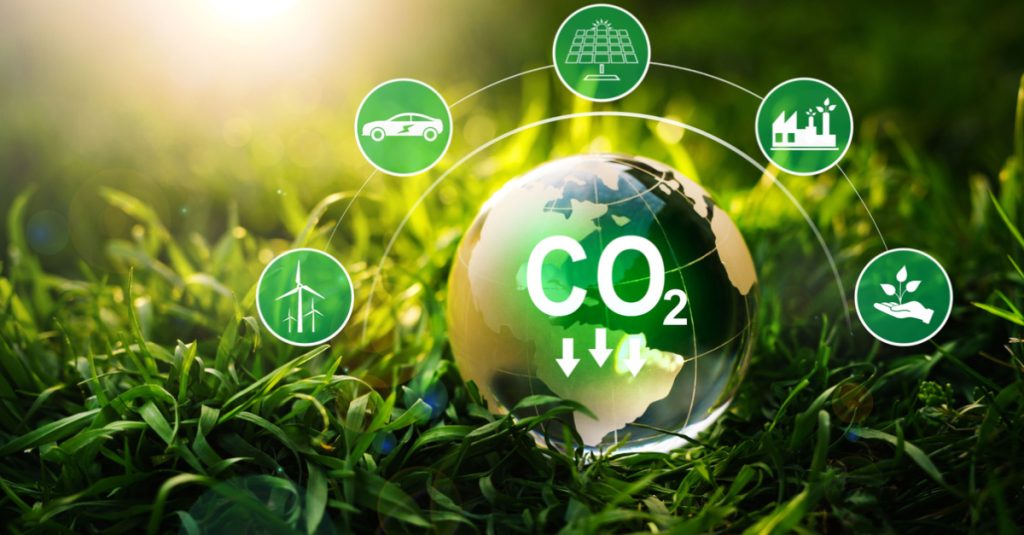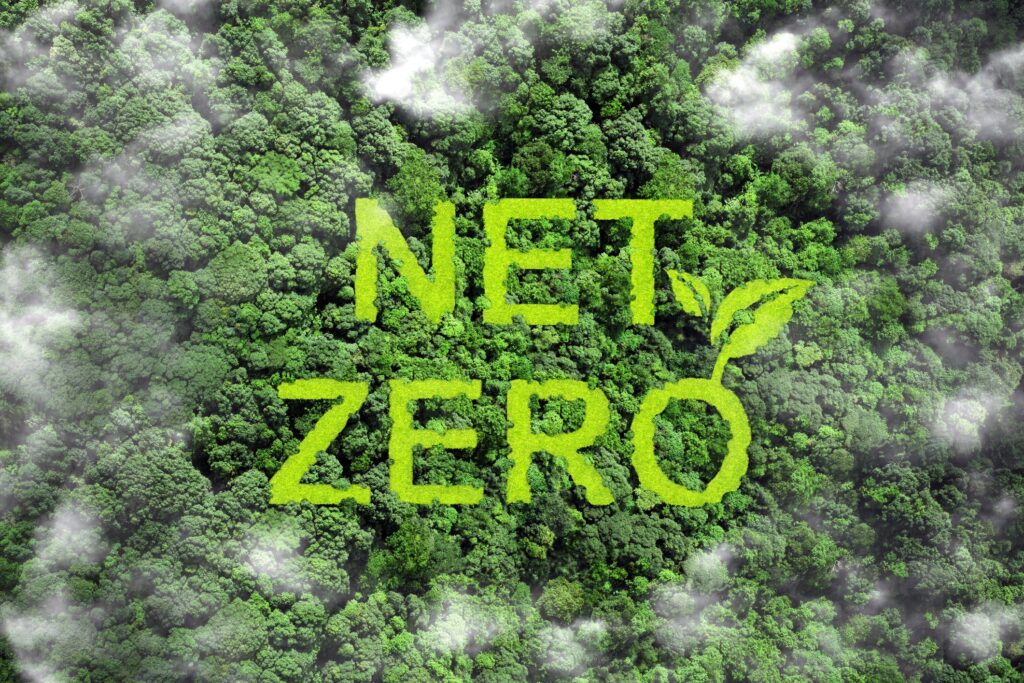For a full picture of their supply chain emissions footprint, shippers must go beyond solely measuring the emissions of their direct activities and energy purchases to think holistically about their GHG emissions and quest for supply chain sustainability. That means tracking the emissions from the production of raw materials used in products all the way to the end-of-life disposal of their products. The first variables in the emissions equation cover Scope 1 and Scope 2 emissions. Scope 3 emissions are naturally much harder to measure but can add up to 3/4 of a company’s GHG output.
Shippers are facing renewed regulatory zeal toward supply chain decarbonization. Without an accurate understanding of emissions, shippers have no means of coping with new regulations. While the most stringent shipping emissions regulations are limited to Europe by the EU ETS, environmental regulatory change is quickly becoming more broad-based. The simple fact: shippers and supply chains should prepare now by setting up methods to measure Scope 3 supply chain emissions to ensure they are ready when regulations come.
Defining Scope 3 Supply Chain Emissions
Companies measure their complete GHG emissions footprint by dividing emissions into Scope 1, 2, or 3. This standardization, developed by the World Resources Institute (WRI) and the World Business Council for Sustainable Development (WBCSD), is foundational in the quest to reduce supply chain emissions. Scope 1, a company’s direct emissions from assets they own or control, is arguably the easiest to calculate. Scope 2 involves heating and cooling, electricity, and all manner of energy usage. Scope 3 is GHG emissions that fall outside a company’s control; these emissions are a byproduct of the shipper’s activities.
Importance of Accurate Scope 3 Emissions Reporting
Regulatory bodies, investors, and customers all want to see progress toward supply chain sustainability, and the only way to truly show positive movement toward GHG emissions reduction is accurate and error-free reporting. As the cap-and-trade EU ETS emissions regulation takes effect in Europe, ocean carriers will start adding fees to shipments to cover supply chain emissions costs. Proper reporting of emissions is a protection against being overcharged in such situations. Beyond the immediate shipping cost considerations, the transparency that comes from accurate Scope 3 emissions reporting solidifies trust among customers and transportation partners.
Supply chains involve numerous tiers of suppliers and subcontractors, and shippers may have limited visibility over the sustainability practices of upstream suppliers. Reporting Scope 3 emissions can be a challenge.
Start Tracking Scope 3 Emissions
To effectively start tracking Scope 3 emissions, a comprehensive approach is essential, encompassing three key steps: defining clear boundaries for emission reduction goals, identifying emission sources and initiating data collection, and actively engaging stakeholders for collaborative data sharing and sustainable practices.
Define Boundaries
When a company commits to reducing GHG emissions from its supply chain, the entire organization must agree on the boundaries and emission reduction goals. Beginning with clear standards is the key to success. Third-party experts like Greenabl help shippers create goals that are specific and achievable. An overly broad strategy, or one with aspirational targets that are unlikely to be met, does nobody any good. These goals must be relevant to each shipper’s organizational priorities, time-bound, and, most importantly, measurable. This initial step requires expertise, and that’s why many shippers engage third-party specialists.
Identify Emission Sources and Begin Data Collection
Identification may seem like an obvious step, but when considering Scope 3 emissions, it is extremely difficult. Developing a comprehensive approach to identifying and categorizing GHG emission sources can seem like an impossible task. Especially since the identification has to be exhaustive.
The same third-party experts that help shippers define boundaries and identify emissions sources have robust tools for collecting accurate data and standardizing that information in a format that is easily digestible to outside stakeholders. Real-time data is essential for precise emissions calculations. Greenabl provides carbon emissions measurement and solutions to assist with emissions mitigation.
Shippers often struggle with incomplete or inaccessible data regarding their supply chain emissions. Limited visibility into the environmental impact of various transportation modes, routes, and carriers hampers the ability to make informed decisions. The absence of real-time data can hinder efforts to identify emission hotspots and implement targeted reduction strategies.
Engage Stakeholders
Collecting Scope 3 emissions data involves close collaboration with a shipper’s suppliers. While these suppliers may have to be convinced to supply new forms of data, showing them how supply chain sustainability reporting is beneficial for all parties and creating a standardized format for data sharing will ease the burden on all partners. To get these stakeholders involved, shippers need to open the lines of communication, listening to sustainability ideas instead of taking a dictatorial approach.
Need Help With Reporting Scope 3 Emissions?
Greenabl is here to help shippers accurately plan, track, and report GHG emissions data, including Scope 3 supply chain emissions. Accelerate your decarbonization journey.


